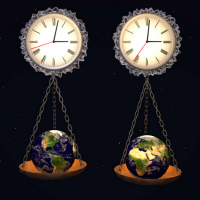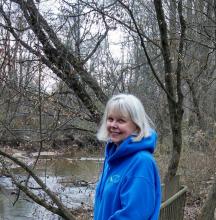Latest Atomic Clock Does More Than Keep Time

Does your life run like clockwork? Although you may not think so, it does more than you know. Much of our lives depends on precise time and frequency synchronization, from the GPS system in our car or our phone, banking and stock transactions, to regulating power system grids. And with the emerging Internet of Things, it will undoubtedly increase exponentially.
Atomic clocks are the most accurate, and the most precise one in the world is located at the base of the Rocky Mountains on the University of Colorado Boulder campus where it was developed through JILA, a joint physics institute of CU-Boulder and the National Institute of Standards and Technology (NIST). Last year, JILA researchers introduced the NIST-F2 atomic clock, the world's most accurate time standard.
This year, NIST announced the world’s record-setting atomic clock was modified to be more than three times as precise and set a new record for clock stability. According to the scientists, the accuracy is now “the equivalent of not varying from perfect time by more than one second in 15 billion years—more than the age of the Universe.”
The newest atomic clock is so ultrasensitive however, that it may have outdone itself and outpaced traditional timekeeping applications. This latest version of the atomic clock is detects miniscule changes in gravity, which means it ticks faster at a higher elevation. Scientists discovered a height change as small as moving the clock up two centimeters affected it. To measure and coordinate absolute time based on this atomic clock would require new methodology to synchronize clocks around the globe.
While JILA's strontium lattice atomic clock may be impractical for traditional timekeeping at this point, scientists believe it is a potentially valuable tool for measuring much more than time. According to the JILA announcement, the new clocks “promise to be excellent precision measurement tools for measuring Earth tides, improving our understanding of the basic shape of the Earth (geodesy), conducting tests of the fundamental laws that govern space and time, gaining a deeper understanding the quantum world, and providing a novel pathway for investigating unknown phenomena such as dark matter.”
As the lead graduate student on the project Travis Nicholson explained, “We are walking through a portal where time itself is changing in response to changes in the shape of the Earth, and we used to think of time as a constant. We were used to thinking the height of a mountain was a constant, too. All these things turn out to be a little bit fluid if your measurements are sensitive enough.”
But for right now, do you need to know what time to set your clocks by? Check the official U.S. time.

